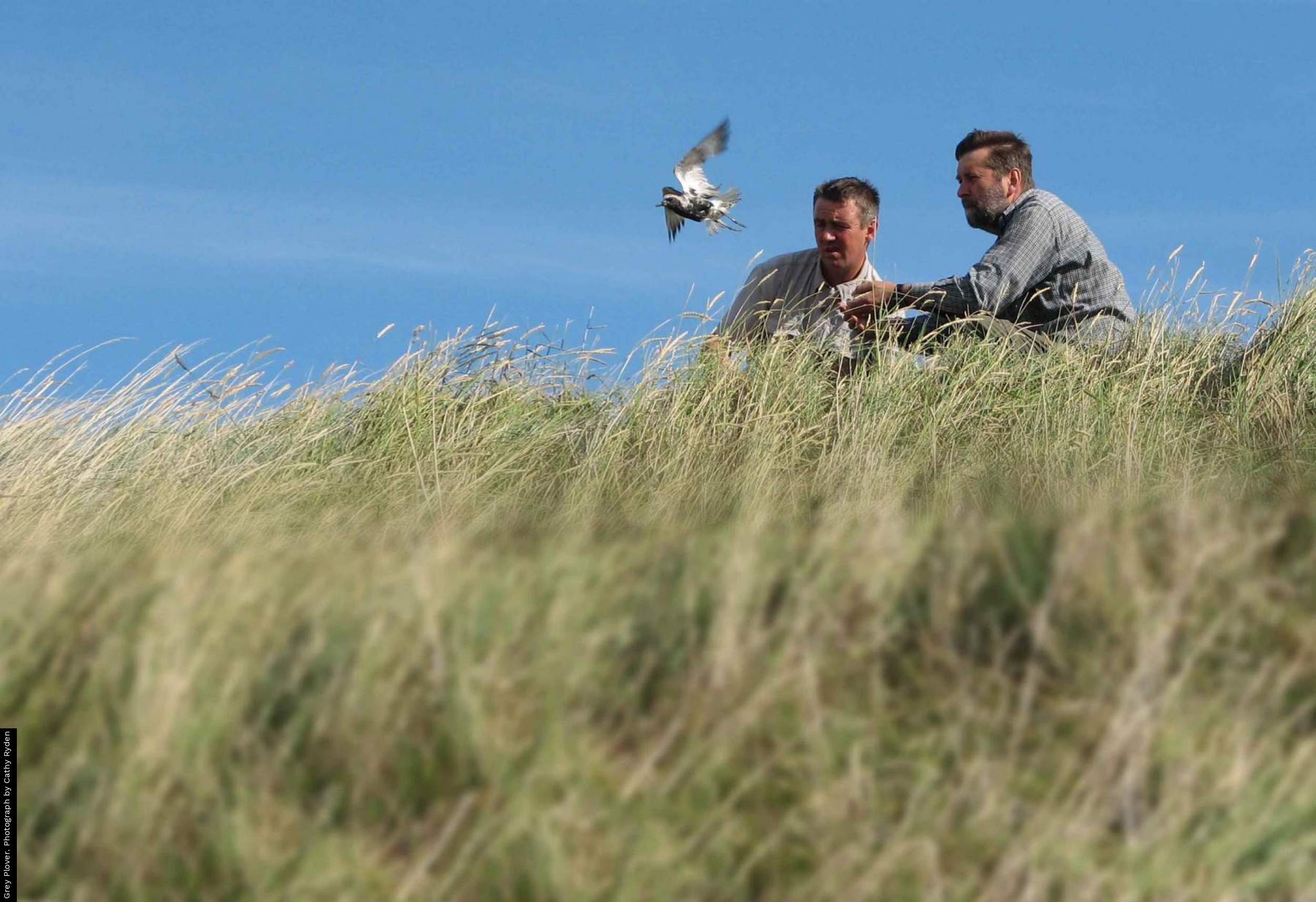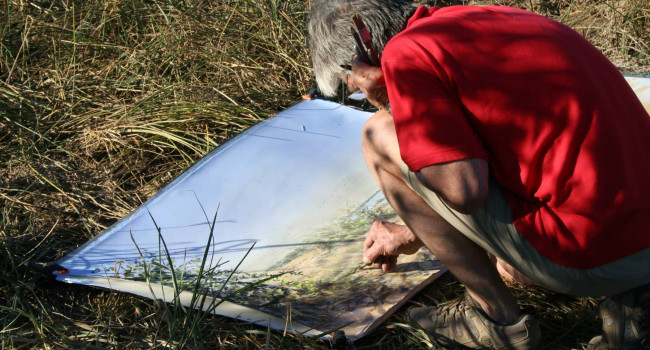Migration and the ecology of migrants
The ecology of migration, how events at different stages of the life-cycle interact and how these might change are important in understanding the mechanisms of population and distribution change, and the effects of environmental changes on migrant species. The BTO has a long history of migration research: the Ringing Scheme has gathered important information on bird movements for over 100 years and the recent development of the BirdTrack programme has further enhanced our ability to gather broad-scale data on migration patterns and phenology. Recent surveys (such as the Breeding Bird Survey and the Repeat Woodland Bird Survey) carried out by BTO and partners have highlighted recent rapid declines in migrants, particularly in those wintering in the humid zone of West Africa and much of our research is focusing on this issue. More recently, BTO has begun to use tracking technology to study migration in a range of species.
BTO takes an integrated approach to understand how and why migrant populations are changing. Long-distance migrants, particularly, are indicators of environmental conditions on their breeding, staging and wintering grounds. We need to be able to understand how the drivers of landuse and wider environmental change at all different stages of the life-cycle are impacting on survival and productivity and causing population change.
Our research is focused at different scales, from the individual bird to large ecosystem-based research projects. Much of our data comes from over 2,500 bird ringers, 500 nest recorders and 3,000 Breeding Bird Survey volunteers as well as research projects carried out by BTO staff, often in partnership with other organizations. We therefore have excellent information from the BTO’s monitoring schemes for the breeding season in terms of population change, changes in productivity and survival and these can be used to infer causes of population change. Our aim is to expand this and break the life cycle into its component parts to understand how and why migrant populations change.
For further information please contact Phil Atkinson.
Recent research on Migration
Cuckoo declines linked to different migration routes to Africa
When the BTO began ground-breaking Cuckoo tracking research in 2011, we had very little idea where these birds spent the winter or how they got there. Our latest research not only reveals this information, but also shows that Cuckoos’ use of autumn migration routes helps explain population declines.
Summer migrants stay for longer as the UK climate warms
New BTO research has used volunteer data from long-running citizen science schemes to show how the timing of bird migration to and from the UK has changed since the 1960s.
Willow Warbler breeding trends linked to winter ecology
Like many Afro-Palaearctic migrants, Willow Warbler numbers have fallen in the UK in recent decades. However, these declines vary regionally, with marked losses in the south and east of England, but smaller decreases, or even increases, in the north and west of England and Scotland. Could these contrasting population trends be explained by differences in the conditions birds experience outside of the UK?
New research by the BTO, the University of East Anglia and the Scottish Universities Environmental Research Centre has used stable isotope analysis to answer this question. Stable isotope ratios of elements such as carbon, nitrogen and hydrogen vary across the environment in predictable ways, and therefore provide an indication of geographic location and environmental conditions. Animals incorporate these isotopes into their growing body tissues when they eat or drink. Since Willow Warblers moult during the non-breeding season, collecting samples of winter-grown feathers allows stable isotope analysis to be used to look for differences in location and timing of moult between and within breeding populations.
Results showed that Willow Warblers breeding in Scotland had different feather stable isotope signatures to those breeding in eastern England. While pinpointing exact wintering locations of birds is not possible from these data, the regional stable isotope differences may reflect variation in the birds’ diet and location during moult, and/or the timing of it. Such differences could mean that UK-breeding Willow Warblers are exposed to non-uniform environmental conditions, which could influence subsequent breeding success and survival rates.







Share this page